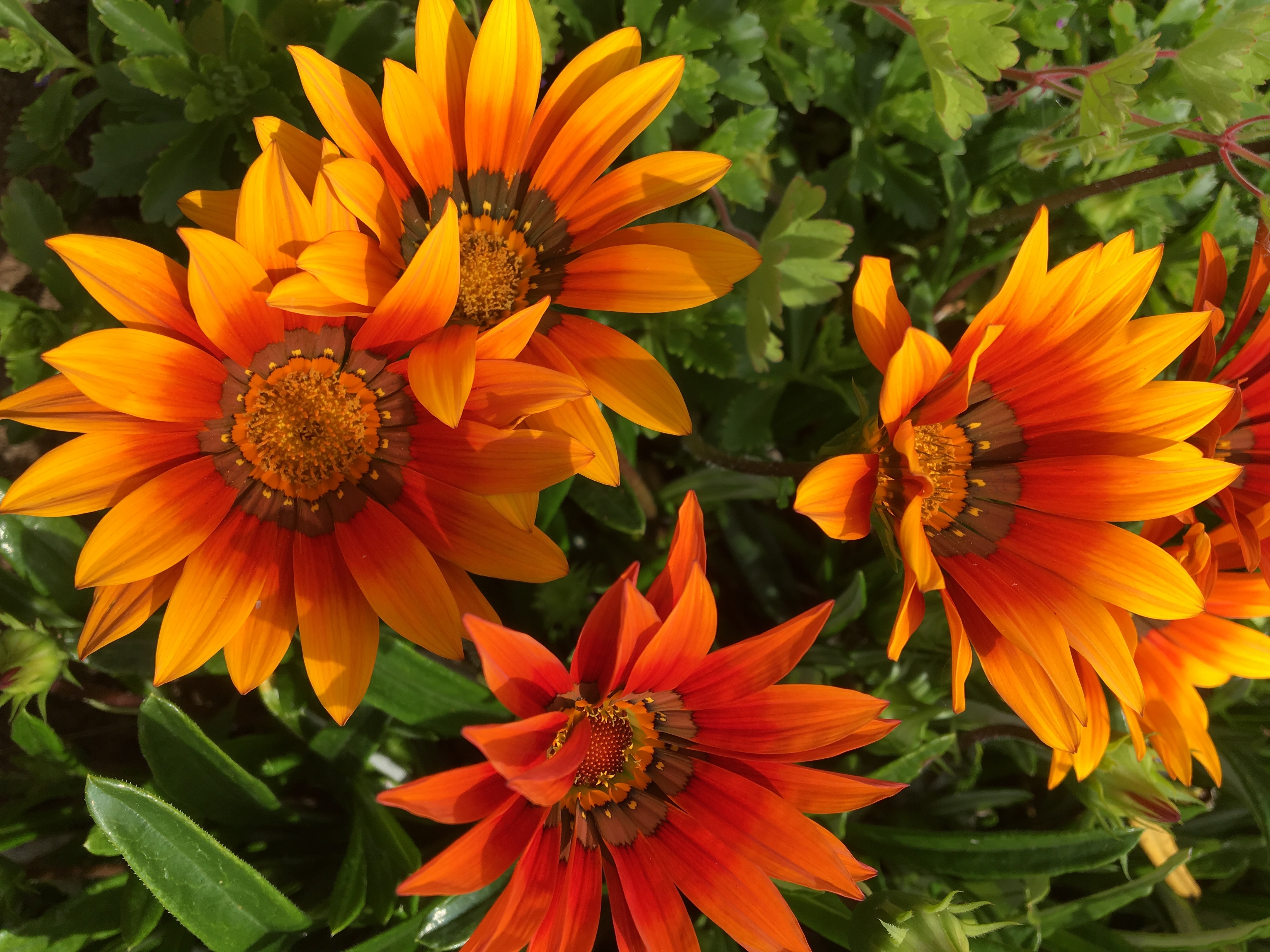
What Jobs To Do In The Garden In June
Summer has arrived, the days are longer, warmer, brighter.
Lots of beautiful perennial plants are coming into bloom, gardens are becoming a riot of life and bold colour. The grass is growing several inches per day it seems. People are asking me What Jobs To In The Garden in June
At this time of year there are always numerous jobs that we need to stay on top of in order to keep our gardens looking great. June is an extremely busy and productive time for gardeners.
Our time spent sowing, growing, potting on and planting in previous months is proving beneficial.
Gardens reward hard work by bursting with colourful flowers from plants such as London pride, early flowering clematis, peonies and hundreds of others. Roses are scenting the air.
Full Sun Perennials that Bloom all Summer
Fruit is beginning to set on fruit trees. The vegetable plot is lush, with a plentiful harvest already available if you started sowing veg early on in the year.
You will be pleased to know that it isn’t all hard work in the garden right now. There are opportunities to relax and enjoy. Barbecues will be on the go at weekends and in the evenings. We can make the most of our outdoor space in the summer months. It should be a pleasant place to spend quality time with friends and family. What to do on a Staycation
Let’s take a look at what we can sow, grow, plant out and harvest in June and other jobs to do this month.
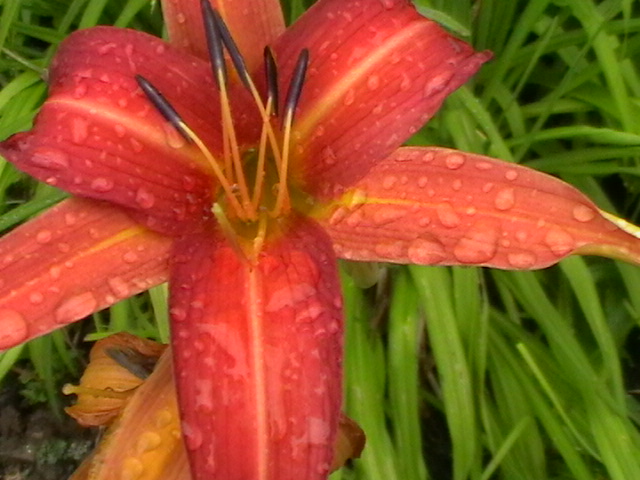
What Should I do in my Garden in June?
What Jobs To Do In The Garden In June – Beds And Borders
Bedding Plants
Hanging baskets and summer bedding that have started off life in the greenhouse and have been hardened off can now go outside to their summer positions. Use bedding plants to fill gaps in borders and plant up another pot display if you have any surplus.
Water daily and feed with a liquid fertiliser once a fortnight for a continuous summer display.
Spring bedding plants for next year can be sown now.
Summer Perennials and Annuals
Continue to direct sow annuals such as poppies and cosmos in any gaps within the borders. You can also use pot grown summer bulbs to fill gaps too.
Put plant supports in place now where they are needed for tall summer perennial plants. It is easier to do this now rather than when the plants are actually big enough to need support.
Water plants if weather is dry.
Foliage on spring bulbs can be cut back. Feed and water spring bulbs that are in pots. Lift and store in a cool dark shed/storage area if you need to use the pots through summer for other plants.
Dead head spring flowering plants.
Direct sow lupine, delphiniums, leucantheum and hollyhocks.
Plant out dahlias and cannas after all danger of any frost has passed.
Plant up a hanging basket with edibles such as salad leaves, strawberries, cherry tomatoes, pansies and marigolds. Best Plants for Hanging Baskets

These will grow easily in a basket or any container. Outside the kitchen door or window is a handy place to have them. If you’re like me though, you’ll be picking and eating them as you’re doing other jobs in the garden. Mine very rarely make it into a meal or salad.
Roses
Dead head roses if they are the repeat flowering types. Pinch off spent flowers just above a new leaf bud.
Once-flowering roses shouldn’t be dead headed as these produce colourful hips in autumn.
Check for aphids and treat if necessary. How do you Grow Roses? Secrets to Success
What Vegetables Can I Sow In June?
There is plenty to do in the vegetable garden too. Seeds can be direct sown as the soil and temperatures are certainly warm enough for germination. However, by the end of June the weather will be too hot for young plants. Most vegetables sown now will be ready for harvest in the mid to late autumn. Salad crops will be ready in a few weeks.
June is your last chance for sowing main crop carrots and peas.
Direct sow a second lot of French beans, broccoli, courgettes if you don’t already have pot grown plants ready to go in the ground.
- Kale
- Beetroot
- Chard
- Turnips
- Pumpkins
- Fennel
can all be sown now for a late autumn/winter supply.
Salad leaves and lettuce, radish, chives, spring onions sown on a fortnightly basis will give a continuing supply throughout the summer and into autumn.
Marigolds and nasturtiums are beneficial companion plants for vegetable gardens both indoors and out. They attract pest such as aphids keeping them off your edible crops. Nasturtiums are also great in salads; both the flowers and seeds are edible.
Greenhouse raised tomatoes are strong enough to be planted outdoors. Use either grow bags, containers or plant direct into the ground.
Pinch out the shoots on tomato plants. This encourages more fruit instead of just foliage.
Keep herb shrubs compact and neat by lightly trimming the foliage.
Plant out tender vegetables.
Harvest salad crops, radish, chives and early potatoes
Earth up main crop potatoes.
What Can I Grow In The Greenhouse In June?
As I mentioned already, spring bedding plants for next year can be sown now. These may be all that you have now in the greenhouse as everything else can be moved outside.
Saying that, however, there is nothing to stop you keeping vegetable crops in the greenhouse or polly tunnel.
Turn off the heating now and keep the greenhouse well aired and ventilated. Tomatoes can be kept in the greenhouse, indeed, most people do keep them indoors.
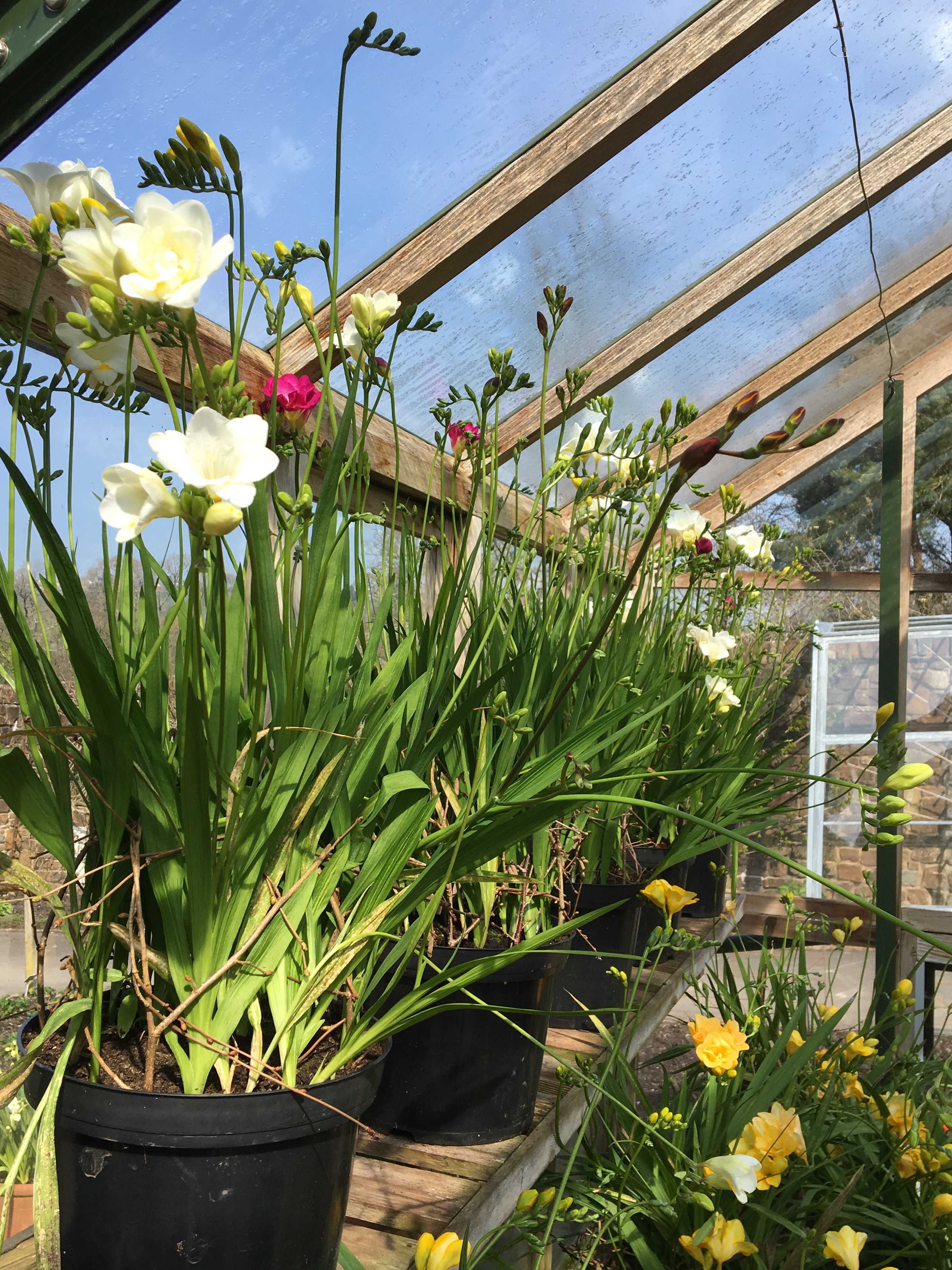
What Do I Prune In The Garden In June?
Trees and shrubs
Clip evergreen hedge shrubs such as box and yew to keep them neat.
Prune spring flowering shrubs like rhododendrons and camellias. Pinch off the spent flowers carefully so as not to damage new growth and cut back any dead, damaged or diseased branches.
Trim back Choisya after flowering, this will encourage a new flush of flowers.
Continue watering newly planted trees and shrubs.
Prune and thin out any congested evergreen clematis, taking out dead and/or diseased wood.
Fruit trees will naturally shed some leaves and fruit in June but it is a good idea to thin out congested branches as this will produce healthy, larger fruit.
Cordless tools make pruning jobs in the garden easier, using less effort on your part, therefore less strain on muscles and joints. The best Cordless Garden Saw Review-Pruning Saws and Trimmers
General Maintenance
Regular mowing of lawns and trimming the edges once a week will keep them tidy, raise the cutting height on the mower so as not to cut too close when the weather is hot and dry. Keep the lawn watered in hot, dry weather
Alternatively allow a patch to grow wild to encourage wildflowers that are beneficial to pollinators and other wildlife. Wild Flower Garden Ideas
Continue weeding paths and patios to keep them looking neat. Clean with Sika Mould Buster to remove mould and algae. Best Patio Cleaner. Sika Mould Buster, a review.
Clean and repair any broken arches, pergolas and any plant support structures if you haven’t previously done so.
Treat fences and decking if necessary.
Hoe flower borders to keep on top of weeds so that your plants are not competing for water and nutrients, regular hoeing eventually weakens weeds and reduces regrowth.
Add further plant supports for summer perennials if needed.
Tie in new growth on clematis, honeysuckle and any other climbers.
Tie in sweet-peas to their supports. Pick sweet-peas regularly as this promotes more flowers.
Water pots and container grown plants and hanging baskets DAILY and dead head to promote further flowering, feed with a liquid fertiliser every two weeks.
Feed container grown fruit with a high potash liquid fertiliser to help keep them productive. Pot grown patio/dwarf fruit trees require a top dress of fresh compost and fertiliser.
Install water-butts to collect rain water, this is far better for your plants.
Collect grey water where possible too to use in the garden.
Check plants for pests and diseases and treat accordingly. Read here for information on pests and diseases
Protect any susceptible young plants such as hostas and lupine, from slugs and snails.
Let’s get in the garden and enjoy. Gardening is good for us, both mentally and physically. It’s good for the environment and our wildlife.
I hope that you have found this article useful and informative and that it gives you timely tips and advice on what jobs to do in your garden in June. Please do share with friends and family and social media.
I love to hear your views on any gardening subject so pop a message in the comments below and I will reply as soon as possible.
Happy gardening.


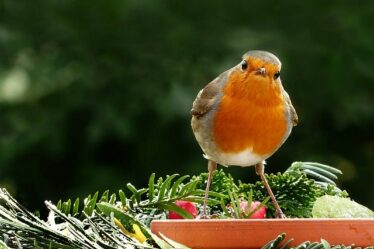
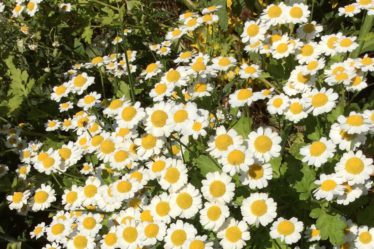

I will do a lot of things. Because summer is coming 🙂
Hello,
Thank you for your message. Indeed, lots to enjoy in the summer garden.
Louise